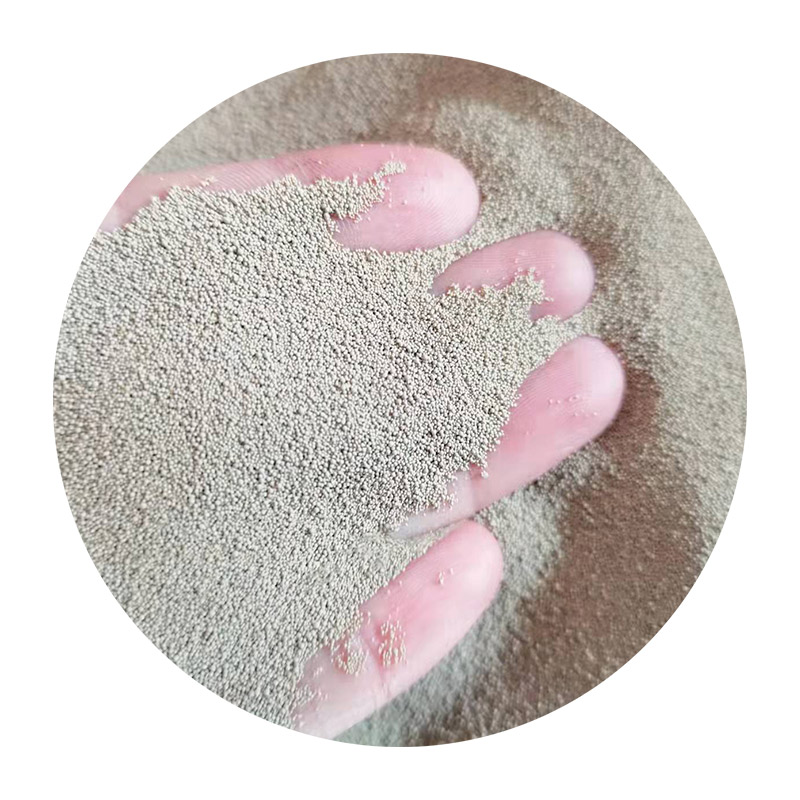The Art and Science of Sand Casting
Sand casting, a time-honored manufacturing process, has been utilized for thousands of years to create metal parts and components. Its versatility, cost-effectiveness, and ability to produce complex shapes make it a favored choice in various industries, from automotive to aerospace. In this article, we will explore the fundamentals of sand casting, its advantages and disadvantages, and the applications that showcase its significance.
The Process of Sand Casting
At its core, sand casting involves creating a mold from sand, into which molten metal is poured to form a desired object. The process begins with the preparation of a pattern, which is a replica of the final product. Patterns can be made from various materials, including wood, metal, or plastic, and are designed to withstand the rigors of mold-making.
Once the pattern is ready, it is placed in a two-part mold made of a mixture of sand and a binding agent, usually clay. The sand is compacted around the pattern to form the mold halves. After the pattern is removed, the two halves of the mold are joined together, creating a cavity that reflects the shape of the desired part. Molten metal is then poured into this cavity.
Following the cooling period, the mold is broken away to reveal the cast metal part. The final stage involves cleaning and finishing the cast component to meet the required specifications. This may include trimming excess metal, smoothing surfaces, or applying protective coatings.
Advantages of Sand Casting
One of the primary advantages of sand casting is its flexibility. It can accommodate a wide range of metals—from aluminum and brass to iron and steel—allowing manufacturers to choose the material that best suits their needs. Furthermore, because the process does not require expensive tooling, it is economically viable for both small and large production runs.
sand cast

Another benefit of sand casting is its ability to produce intricate designs and shapes
. The sand mold can capture fine details, which is essential for artistic or complex industrial components. Additionally, the process can yield large components that may not be feasible with other casting methods due to size limitations.Disadvantages of Sand Casting
Despite its advantages, sand casting is not without drawbacks. The surface finish of sand-cast components typically lacks the smoothness seen in other casting methods, such as investment casting. This may necessitate additional machining or finishing processes, which can increase production time and cost.
Moreover, the dimensional accuracy of sand casting can be lower than other precision casting techniques. This means that while it is suitable for rough shapes and less critical tolerances, it may not be the best option for parts that require tight specifications.
Applications of Sand Casting
Sand casting plays a vital role in many industries. For instance, in the automotive sector, it is commonly used to produce engine blocks, transmission cases, and various other components. Its ability to create complex geometries makes it ideal for machinery parts and even artistic sculptures.
The aerospace industry also benefits from sand casting for producing intricate components that must withstand extreme conditions. Components such as housings and structural parts often rely on the flexibility and adaptability that sand casting provides.
In conclusion, sand casting remains a crucial manufacturing process with a rich history and a promising future. Its combination of simplicity, versatility, and cost-effectiveness makes it an enduring choice for producing metal parts across diverse industries. As technology continues to advance, sand casting will likely evolve, integrating new materials and techniques that enhance its efficacy in solving modern engineering challenges. Whether for large-scale production or custom parts, sand casting is a testament to the intersection of art and science in manufacturing.
Post time:Жел . 16, 2024 03:57
Next:stainless steel sand casting foundry
